I have a Nikon 60mm f/2.8 AF-D macro lens,and it's great for copying things like 8.5x11 documents, posters, paintings, and things that are relatively large. The problem with any 60mm macro lens is that at 1:1, the subject is around 4 inches from the front of the lens. So, in order to get a large, frame-filling image of a small object, the lens has to be right on top of the subject, where the photographer's body can easily block sunlight, and camera-mounted flash is difficult to position, due to the camera, lens, and photographer occupying the surrounding areas. All in all, the 50,55,and 60mm macro lenses are, in my experience, poor choices for living subjects--unless those subjects are not camera-shy, and you can get right on top of them to get the shots you want.
I own a 100mm f/2.8 Canon USM macro, the internal focusing version that's been on the market the last ten years or so; it's a pretty good lens, but the out of focus diaphragm highlights are seven-sided and sharp at smaller apertures. Optically, it's a sharp lens at close-up ranges, and is solidly built. Tamron and also Sigma make some equally good (perhaps better,actually) lenses with their 90mm Di and 105mm EX-HSM macro models.
Seriously...the 50,55,and 60mm macro lenses are great for document copying and working at 2,3,4,5,6 feet, but up close, I find them a PITA. At portrait ranges, the focusing is such a hair-trigger affair that missed focus is an every-shot-concern type of affair, as it is with all macro lenses except the new Zeiss manual focus models that have very long,slow focusing at intermediate and longer distances. I have read only one user review of the Tamron 60--as focusing seemed to be a major issue with this lens. The idea that a 60mm macro lens will also make a good portrait or generalist lens doesn't seem to pan out very well, due to the way macro lenses are optimized for very close-range focusing, and beyond 1 meter, everything is a crapshoot.

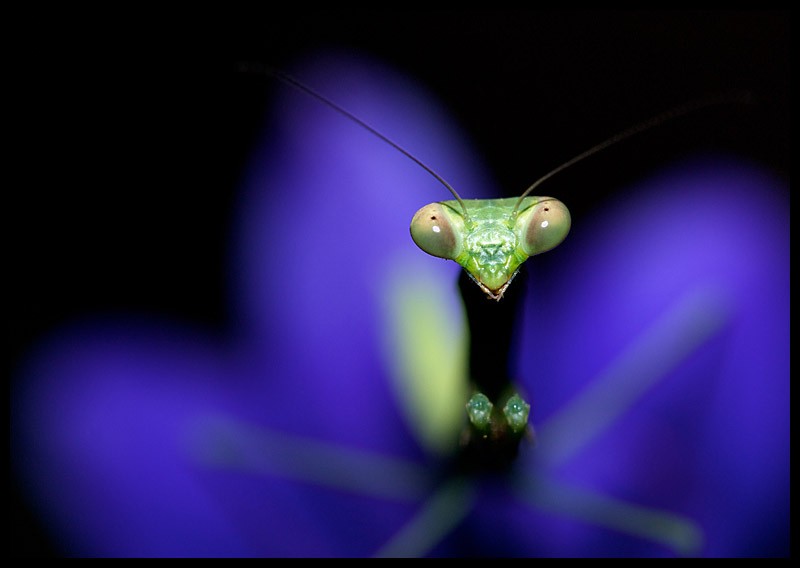

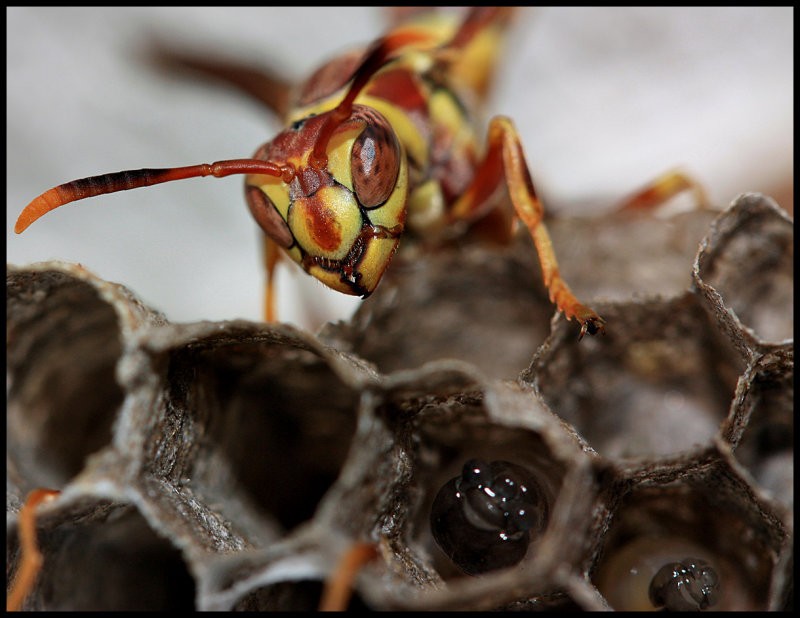

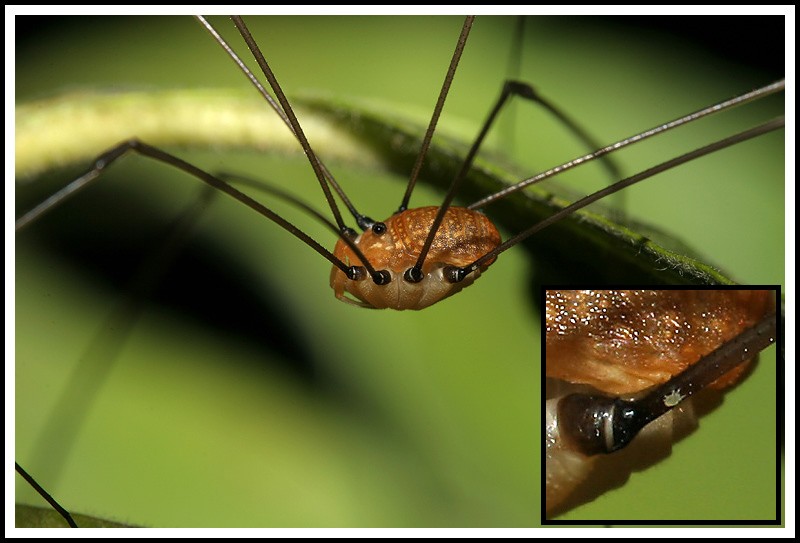
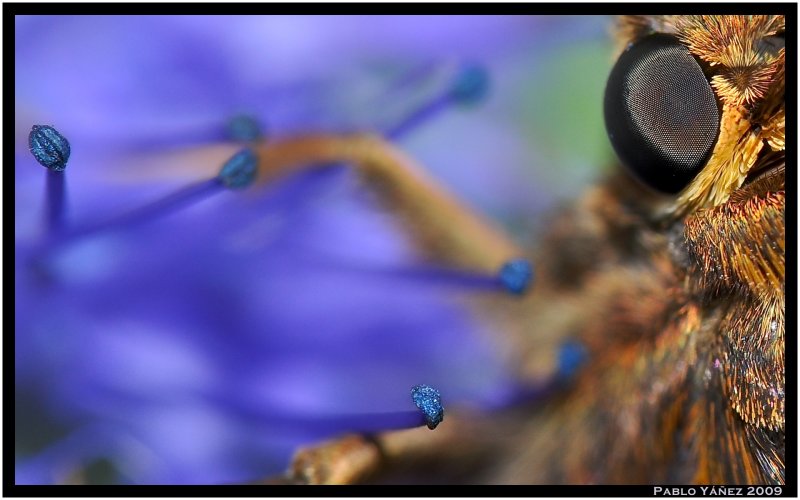
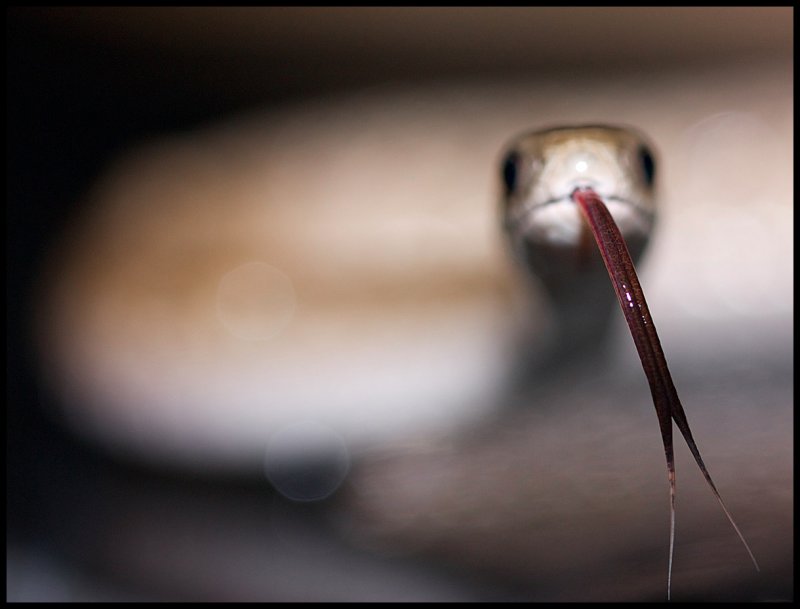


![[No title]](/data/xfmg/thumbnail/33/33438-c1e2eee6aa4ea910422fd56d64fb49d4.jpg?1734163467)






![[No title]](/data/xfmg/thumbnail/39/39419-5d4fd8535ab4f6e01caa38b72bf396e0.jpg?1734173503)
![[No title]](/data/xfmg/thumbnail/32/32181-195f34b5d304506aafc7ec317f64563f.jpg?1734161047)
![[No title]](/data/xfmg/thumbnail/41/41785-954f8d646534214ba1f63ad878e73dd8.jpg?1734176090)